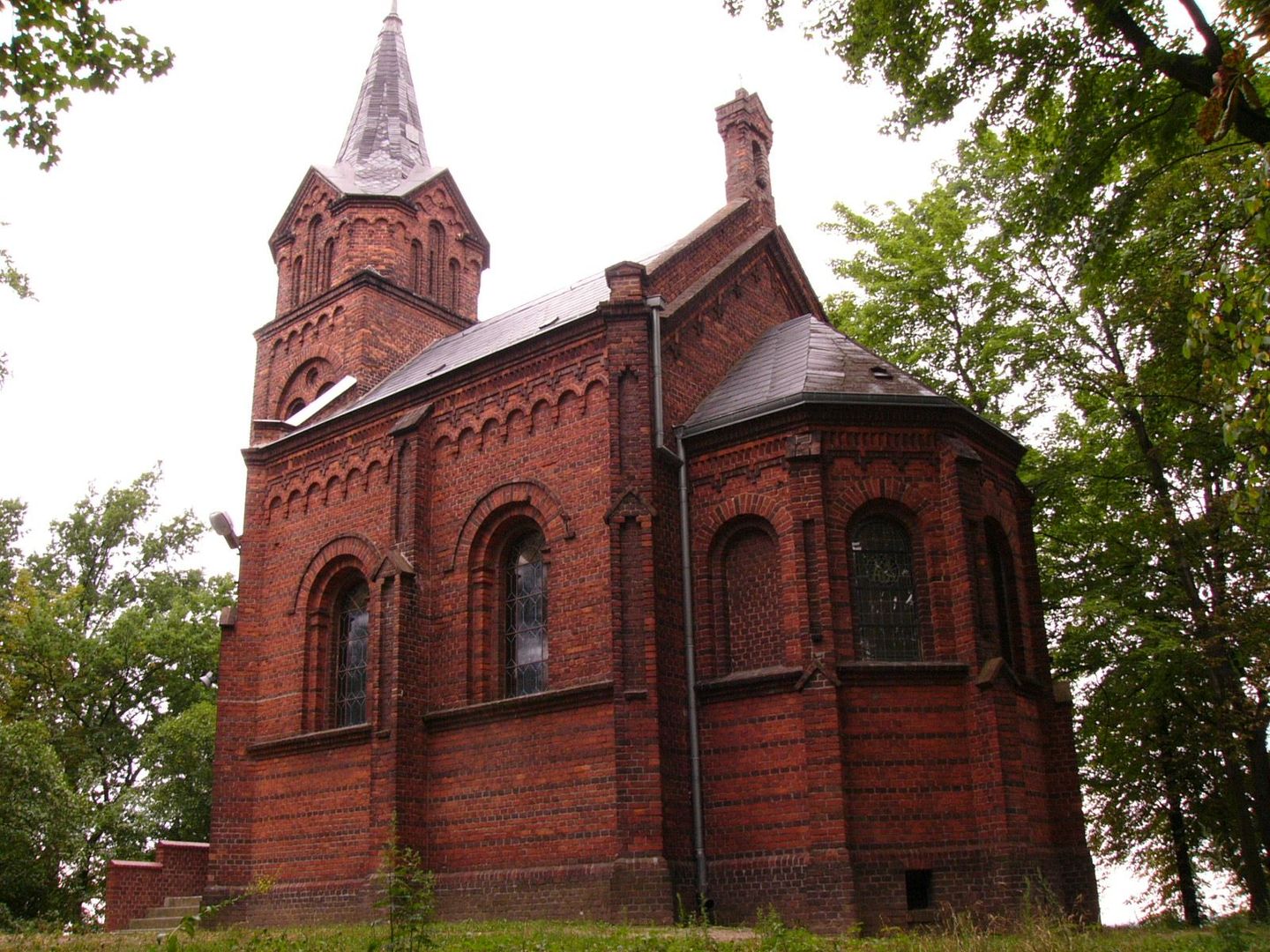Rojów
6.45

Overview
Rojów is a sołectwo (administrative village unit) in the Greater Poland Voivodeship, within Ostrzeszów County, in the municipality of Ostrzeszów. It is situated on the northwestern slopes of the Ostrzeszów Hills. The area is characterized by varied terrain, including old-glacial landforms. The village boasts a rich natural environment, featuring the Złotnica River and the Rojów Ponds. The landscape is dominated by diverse vegetation, including pine forests, and abundant wildlife such as moose and wild boar.
The name Rojów derives from the owner of the estate lands, and in the past, the village was known as Royów. Its history dates back to the 14th century, with its first owner being a man named Rój, followed by Mikołaj of Katowice. Rojów has been the site of numerous events, including raids, epidemics, and a flourishing of trade due to new routes.
A notable landmark is the neo-Gothic Church of St. Adalbert, built in the 19th century next to an earlier wooden church. Also located in Rojów is an 18th-century wooden-and-brick manor house, which has served various functions over the years. The village has retained its linear settlement (ulicówka) layout, with residential and farmstead buildings.
In recent years, Rojów has been developing dynamically, attracting new residents and investments, including the establishment of the Ostrzeszów Subzone of the Łódź Special Economic Zone. The village is home to a primary school and a local sports club, Ajax Rojów. Notable historical figures associated with the local community include Franciszek Ludwik Frezer, an officer of the November Uprising, and Wojciech Barański, a General of the Polish Army.
Rojów is a place with a rich history, diverse architecture, and ongoing dynamic development.
Location
2025 Wizytor | All Rights Reserved